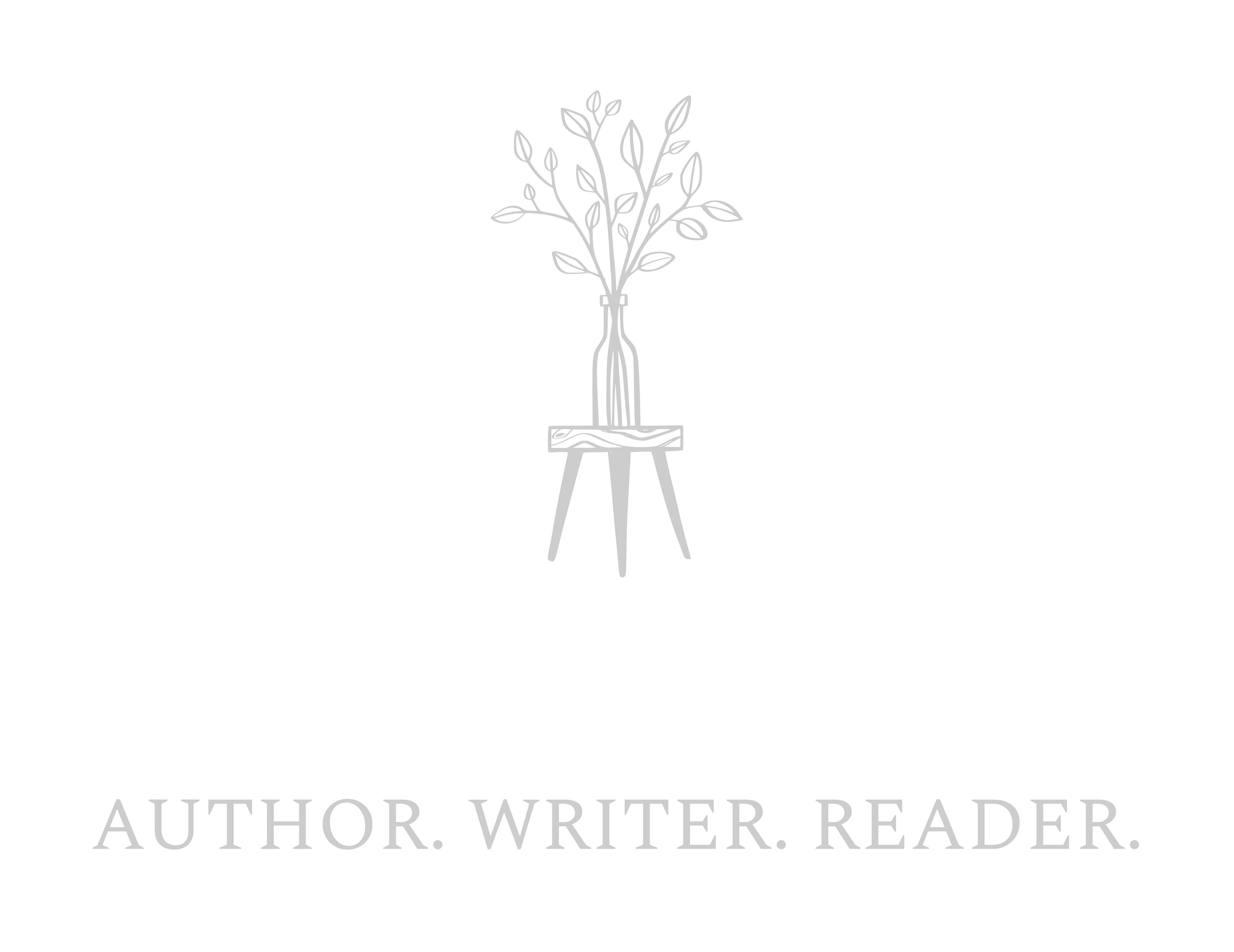So, what is a book trailer? A book trailer is a promotional video that highlights the narrative of your book (similar to a synopsis). It brings your book to life and also plays a major role in your online platform presence. The video does not have to be lavish nor expensive to be successful, it just needs to entice the reader/viewer enough for them to go buy your book (or at the very least to view it online).
Do I need a book trailer for my published works and is it effective? This answer will all depend on your project, budget, and marketing techniques. Everyone and just about everything is online now; we as humans are addicted to technology, pictures and more importantly videos. With social media platforms like Tiktok (689 million users), Youtube (2.3 billion users) and Facebook (1.85 billion users) attracting viable viewers, video sharing is the most popular forum for self-expression.
What must a book trailer contain? There are 6 essential elements that a book trailer must have in order to be fruitful of which I have outlined below:
- Length – Keep it simple, direct, short and under 3 minutes as you do not want to bore the viewer.
- Audio – Most authors add background music or a voiceover. Whatever you decide to use, be sure that there are no copyright infringements and obtain all applicable permissions.
- Imagery – Use high quality photos or graphics whether you plan on creating your own trailer or hiring a professional and be mindful of copyright infringement.
- Audience – You must cater to your audience and craft the trailer so that it speaks directly to them.
- Entice – The video must leave the viewer/reader wanting more, so like your synopsis you must have a hook.
- Direction – Once the viewer is finished watching your trailer, they will need to know where they may purchase your book. Be sure to include a closing slide (similar to an end credit) that briefly states where the viewer may purchase your book.






